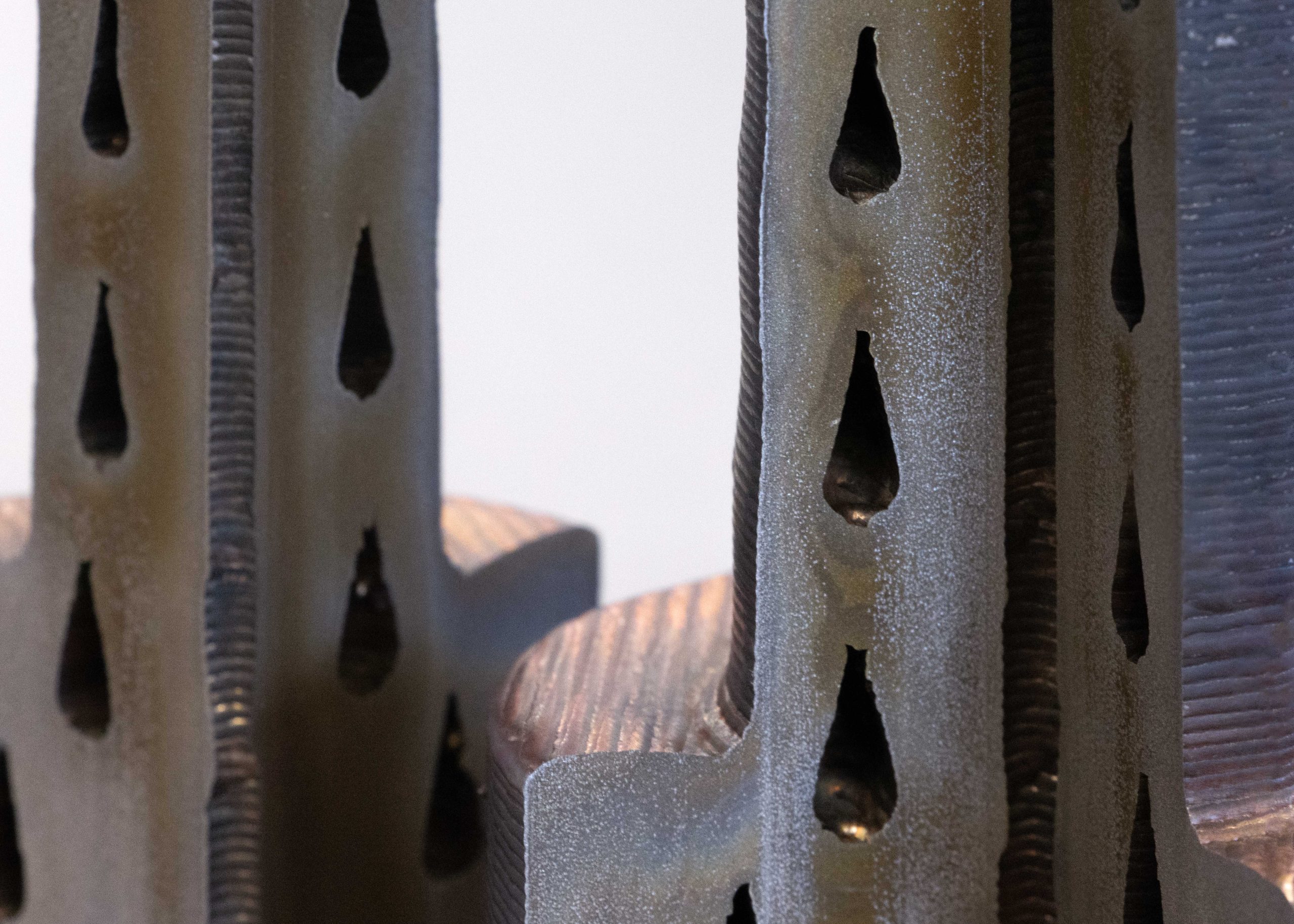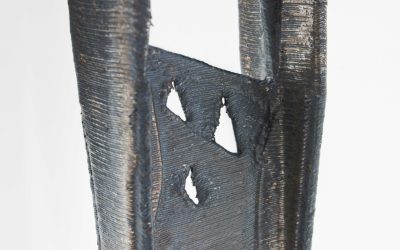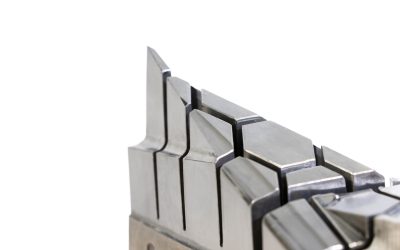Molds and dies operating with hot materials, whether polymers or metals require cooling to increase their longevity and reduce the cycle time, therefore increasing productivity.
Conformal Cooling introduction
Conventionally manufactured molds and dies typically employ cooling channels made by straight lines with a circular section, as this geometry can be obtained easily and reliably through drilling processes. This approach however is chosen as a consequence of the limitations of the manufacturing technologies and it is generally somewhat far from the ideal cooling performance that can be achieved on the molding tool.
Improved cooling features can be obtained by adopting, thanks to Additive Manufacturing, a “Conformal Cooling” approach, i.e. internal channels designed to broadly follow the shape of the external surface in order to provide the most efficient thermal exchange between the hot surface and the cooling fluid.
The benefits of conformal cooling are significant. By reducing cooling time, cycle
times can be decreased, which increases productivity and lowers production costs. Additionally, parts produced with conformal cooling have fewer defects, resulting in higher-quality products.
Conformal cooling also allows for more complex part designs, as traditional cooling channels can limit the geometry of the part. The ability to place cooling channels closer to the surface of the part can reduce the amount of warpage, distortion, and residual stresses in the part, resulting in better part quality.
Overall, conformal cooling is a valuable tool for the mold-making industry, allowing
for faster production times, improved part quality, and more design freedom.

Why Meltio Wire – LMD for Conformal Cooling
Meltio’s wire LMD process offers competitive advantages over conventional processes, by reducing the number of manufacturing steps and optimizing material
utilization.
Moreover, from small inserts to larger molds and dies, Meltio’s wire LMD process also offers the following economical advantages over competing powder-based AM processes:
– Direct process: there is no sintering required, therefore no extra heat treatment cycles compared to billet material.
– High density: there is no risk of having the coolant leak and the working surfaces can be polished to high shine.
– Lower cost feedstock: welding wires can be up to 10 times cheaper than
powder.
– No de-powdering requirements: while powder-based processes allow great design flexibility, internal channels thus manufactured require to be cleaned of unused powder, a process that at times can be lengthy, costly, and potentially leading to redesign; with wire-LMD there is no such need and the channels are usable as-printed.
– Dual material readiness: Meltio wire-LMD process can offer novel approaches to potential reduction and performance improvement, thanks to the capability of using two materials in the same print.
– Capability of 3D printing on existing components: when employed in a 5
axis platform, Meltio wire-LMD process enables the capability of depositing material over shaped substrates, such as pre-machined mold bases or tools requiring repair.
If you want to know more about how cooling can help and improve your manufacturing capabilities, download the full whitepaper for free.



